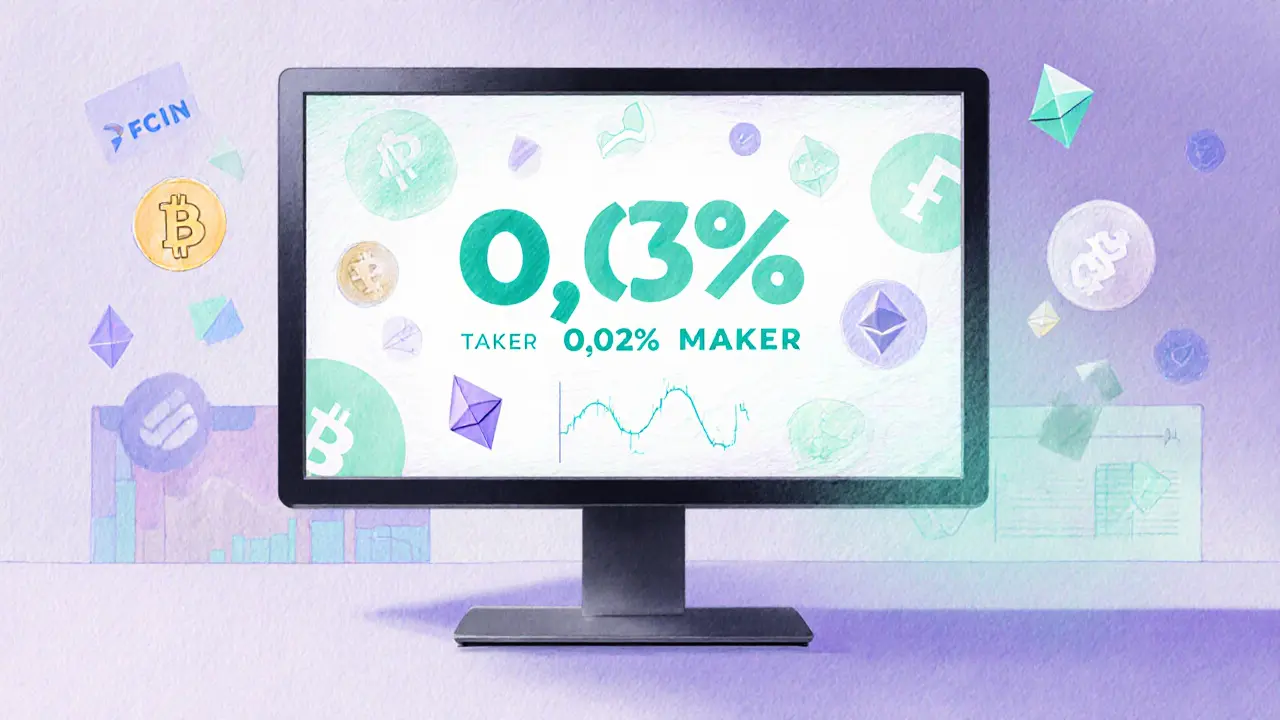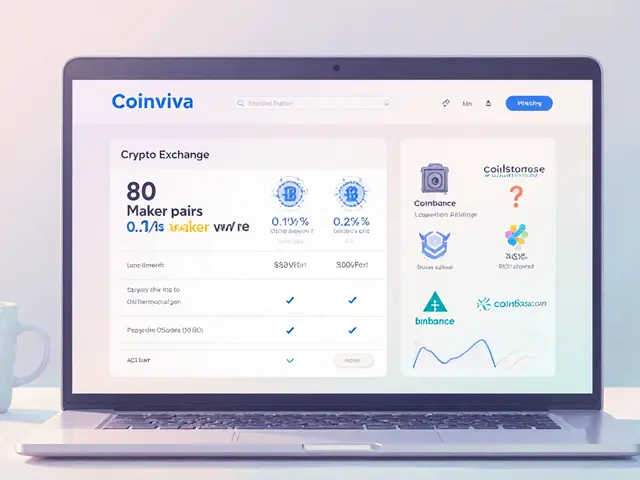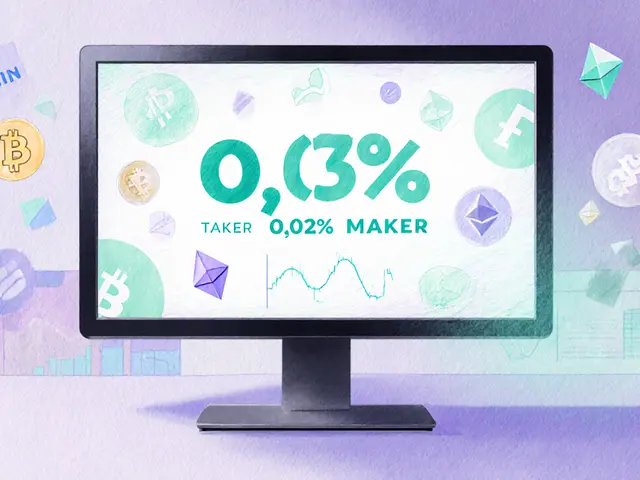Cryptocurrency Exchange Fees
When you look at cryptocurrency exchange fees, the charges applied to trades, deposits, and withdrawals on digital‑asset platforms. Also known as exchange costs, it determines how much you actually keep after a transaction.
A crypto exchange is any online service where you can swap one token for another. Trading fees are the most visible part – usually expressed as a percentage of the trade amount and split into maker and taker rates. Withdrawal fees cover the cost of moving funds out of the platform to a personal wallet. These three entities are tightly linked: cryptocurrency exchange fees encompass both trading and withdrawal fees, and the fee schedule often reflects the exchange’s security model and liquidity depth.
Why the Fee Structure Matters
If you ignore fees, you can lose a few percent on every trade – that adds up fast, especially for active traders. Maker fees reward users who add liquidity, while taker fees charge those who take it, so understanding the order‑book dynamics helps you pick the cheaper side. Withdrawal fees vary by blockchain; a busy network like Ethereum can cost $10‑$20, whereas a cheaper chain like Binance Smart Chain might be under $1. Security features such as insurance funds or cold‑storage practices often justify higher fees, while high liquidity usually squeezes rates lower. By matching your trading style with an exchange that offers the right balance of maker/taker splits, withdrawal costs, and security, you can shave off unnecessary expenses.
Below you’ll find a curated collection of articles that break down specific platforms, compare fee tables, and show real‑world examples of cost savings. Whether you’re hunting for the lowest taker fee, the cheapest Bitcoin withdrawal, or an exchange that bundles security with low fees, the posts ahead give you the data you need to make an informed choice.

A concise review of FCoin crypto exchange covering its ultra‑low fees, lack of fiat support, security concerns, user rating, and better alternatives for 2025 traders.
Jonathan Jennings Jun 11, 2025
A practical review of the emerging YourToken crypto exchange, covering fees, security, token listing support, and how to verify its legitimacy in 2025.
Jonathan Jennings Nov 8, 2024




